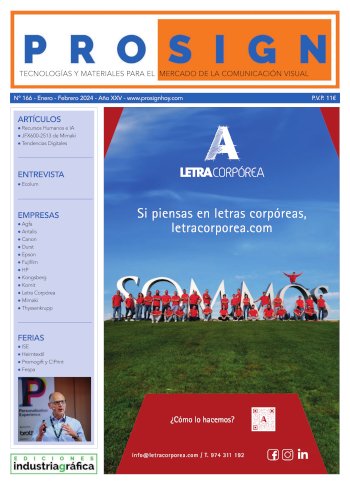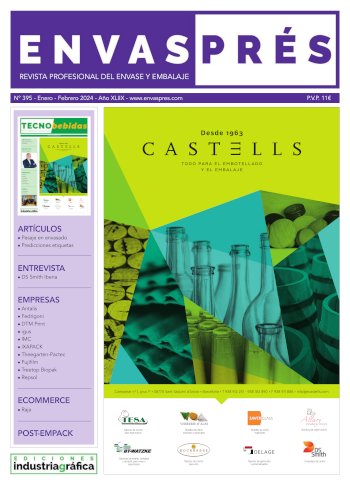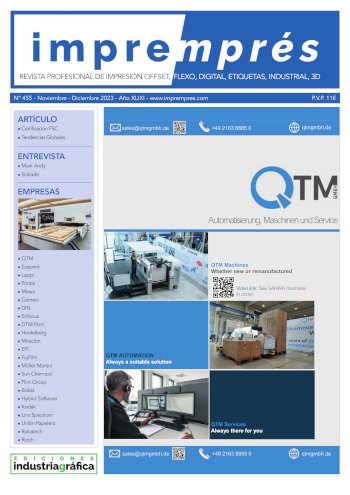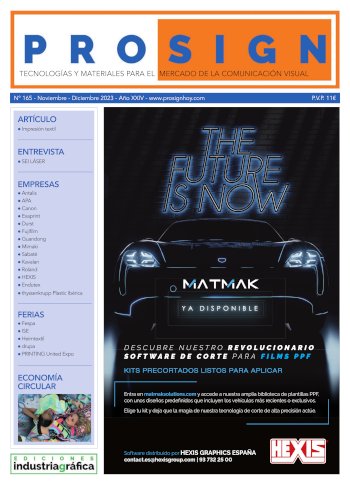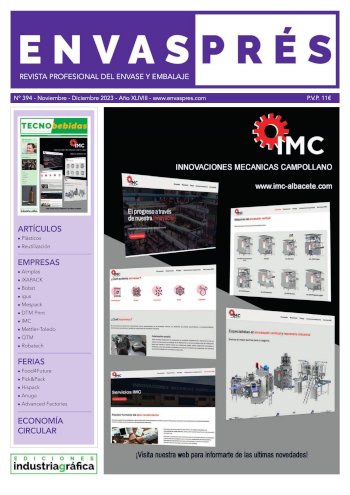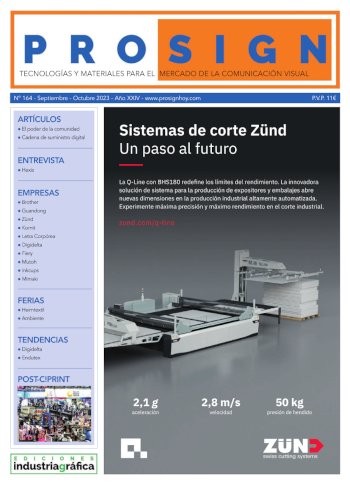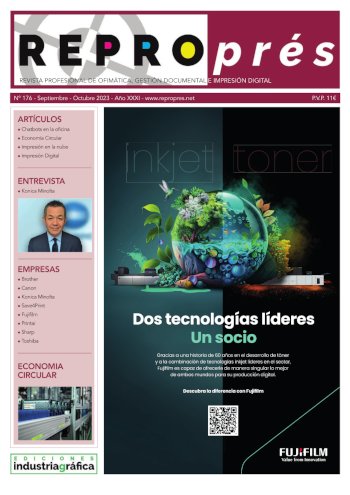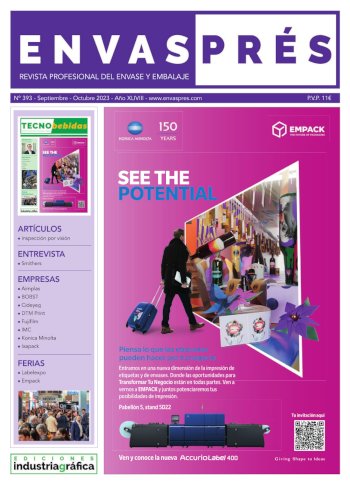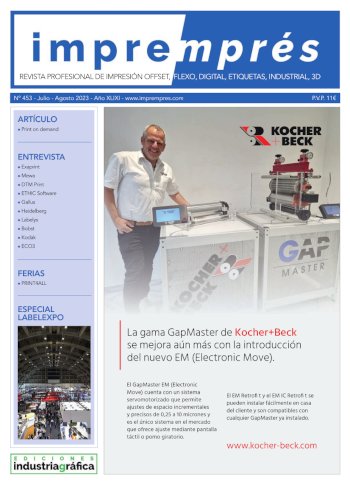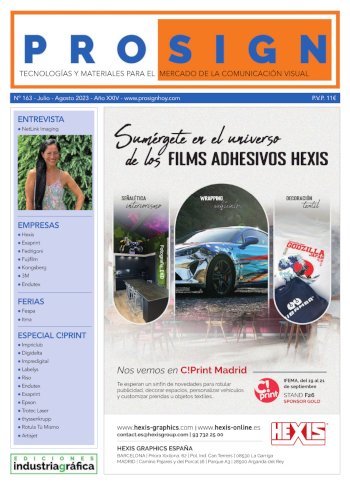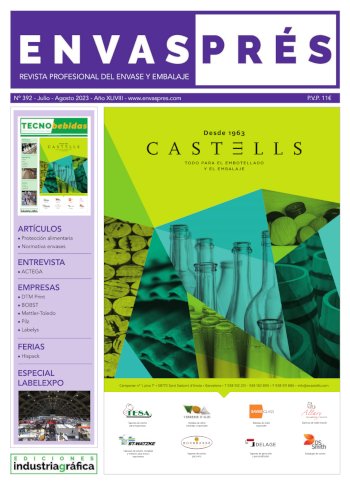ESMA shows the potential of functional printing at drupa 2016
- Publicado el 14 de Marzo de 2016
ESMA, European Specialist Printing Manufacturers Association, will be present in two pavilions at drupa 2016. The pavilion in hall 3A 70 will be dedicated to functional and industrial printing with member companies such as SPS demonstrating screen printing equipment used for food decoration (e.g. chocolate) and other special effects achievable at high operation speed. SPS’s partner ATMA will showcase latest developments in machines for conductive and technical printing.
German specialist in stencils, KIWO, will present printing of pressure sensitive adhesives with high electrical conductivity. A variety of decoration techniques for glass and other rigid materials will be in the spotlight in the ESC booth and another ESMA member, Marabu, will present applications of their inks for touch panels, tablet and smart phone masks.
Visitors to ESMA Lounge will learn about the latest projects around smart tags, smart sensors, flexible and washable conductive inks used in textile industry, and the overall employment of various print technologies for Internet of Things. Further innovations will be highlighted in ESMA pavilion in hall 6 where Color Passport will present their revolutionary approach to colour management and reproduction on different substrates.
Other experts in colour management, ColorGate, come to the show with development stations and state-of-the-art RIP technology for industrial printing with inkjet. Last but not least, Intrinsic Materials, a specialist in nano-materials, will show their achievements in conductive inks and printed electronics components applied by the medical industry, such as e.g. disposable testers with smart tags.
 Functional printing will build the core of ESMA presence at drupa and it is therefore worthwhile to briefly investigate what hides behind this term. In its early days, the functional printing relied on chromatic inks which changed colour due to external influences such as light (UV/black light), temperature (heat), pH changes or water contact.
Functional printing will build the core of ESMA presence at drupa and it is therefore worthwhile to briefly investigate what hides behind this term. In its early days, the functional printing relied on chromatic inks which changed colour due to external influences such as light (UV/black light), temperature (heat), pH changes or water contact.
They found their applications in printed gadgets, especially packaging which took marketing advantage from the distinctive special effects. The glowing and phosphorescent decoration started years ago and reappears on the market on continuous basis. More advanced and more functional opportunities have followed and entered new industries. Evolution in conductive inks and electroluminescence (EL) not only benefited branding purposes (e.g. light-emitting packaging of Bombay Sapphire Gin) but delivered solutions also for solar panels (fingers and busbars).
Initial applications have pushed the boundaries of functional printing. Printed circuit boards (PCB) and flexible antennas combining FM, TV, mobile, GPS in one antenna and used e.g. in automotive, gave rise to car radar systems for adaptive cruise control. Nowadays, near field communication (NFC) and RFID antennas are standard features in electric devices and the integration of printing in the manufacturing process constantly improves their cost-efficiency.
As far as electroluminescence is considered, a technological jump took place towards OLED (organic light emitting diodes). Flexible OLEDs integrated in fabric pave the way for smart textiles and wearables, as shown in one of the recent ESMA-powered international projects – POLEOT (Printing of Light Emitting Devices on Textile).
The door to the future of printed electronics, conductive inks and coatings is now wide open. Batteries (flexible, thin, rechargeable), energy harvest systems (based on Peltier effect), smart tags and sensors are becoming common consumable goods, many of them disposable, too. Smart wearables and smart sensors increasingly find applications in medical and pharmaceutical sectors, for instance quick test strips for diabetics, blood analysers, smart blister packs…
Healthcare is one of the markets which embrace new solutions and enable successful business cases of printers who decided to “go functional”. Quad Industries has developed temperature logger labels for blood bags used in transport. The smart tag registers and transmits data to a smartphone app to ensure the correct transport conditions.
When mentioning the smartphone, many may not realise the number of its components facilitated by printing techniques. Capacitive switches, batteries, touch panels and screens – printing once again replaces expensive and highly energy-consuming processes. Obviously, marketing departments will come on board, as well. One of the recent Audi TT brochures included printed controls which, after aligning with the smartphone on the right spot, turned the page into a controllable experience of the new model’s cockpit display.
Functional printing partners with anti-counterfeiting technologies and delivers combinations of inks, coatings and substrates to create invisible markers. Both for monetary needs or luxury goods, security print is the most efficient and cost-attractive protection against imitation. Current possibilities offer even fingerprint recognition surfaces. Many of the above mentioned applications are included in the inmould decoration process, be it for automotive or electronic devices – ranging from the integration of antennas in car mirror caps, in the car console, to capacitive buttons on 3D thermoformed parts and surfaces.
The industry is growing and gives new, creative development dimensions for printers, manufacturers and product designers. They will all meet for 18 technical talks and business cases presented during the 3rd Advanced Functional and Industrial Printing conference (AFIP) on 2-3rd March 2016 in Radisson Blu Scandinavia hotel in Düsseldorf. The day before the conference, 1st March 2016, the nearby CST GmbH invites all attendees for a guided factory tour showing the company’s involvement with functional printing technology.



